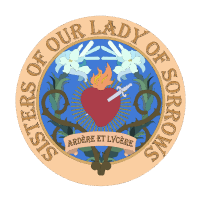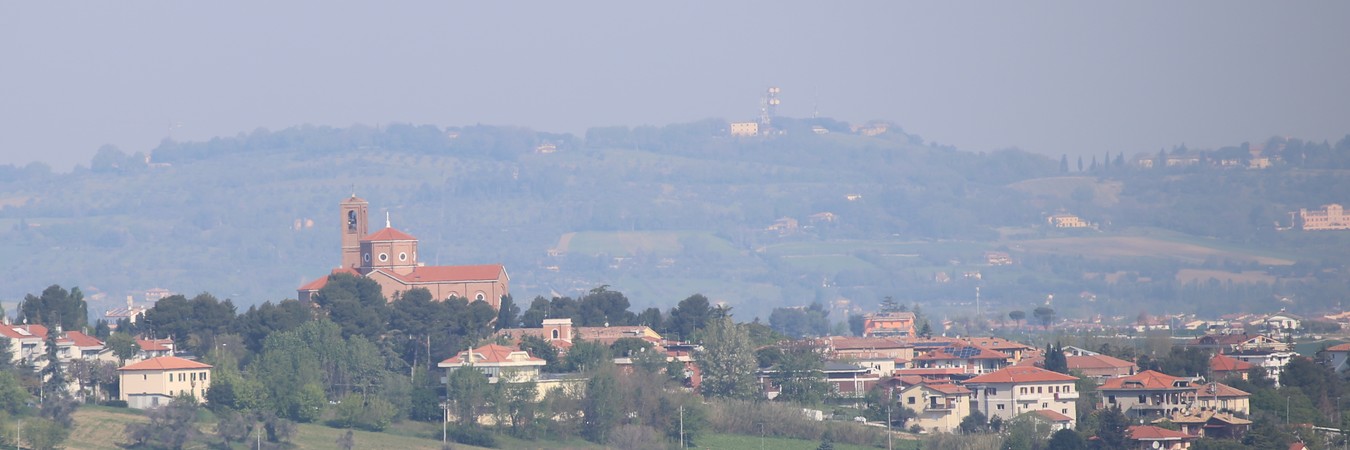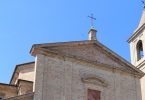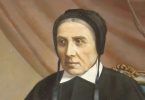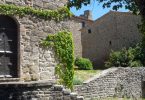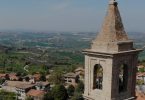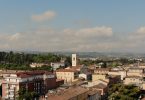Elisabetta understood thoroughly that the civil, moral, and religious education of youth and, most especially, of women, was of the greatest importance for forming genuinely Christian families. Therefore, with great care and attentiveness, she first observed and then carried out whatever was necessary for the attainment of this educational goal.
In Coriano, there were four schools with 8 teachers and 47 pupils.
We read in An Overview of the Educational Organization of the Conservatory of Coriano on February 7, 1848 (Positio p.327): “There are 4 school programs in this pious Conservatory with 5 different classes”.
- A boarding school where Christian living and good citizenship, reading, writing, math and all kinds of domestic skills are taught. The students pay an annual school fee of 30 scudi, with a six-month deposit. This is the first class, and there are 5 students. They read the Office.
- A part-time school for those who want to be separated from the other students in the day school. In the part-time school, they read the “The Way to Paradise” and are included in the 2nd class. There are 3 students.
- A weaving school provided with looms, where the students learn to weave all types of items. The work will be distributed among the students according to their ability, and they are also instructed in Christian living and reading. Those in the weaving school go to the day school to read; there are five students.
- A school where anyone may attend. The students are taught reading and vocational skills, according to their individual ability and condition. Only a few of the students are able to write. In the day school, all 5 classes are included.
In the first class where they read the Office, there are 9 students.
In the second class where they read The Way to Paradise, there are 5 students.
In the third class, they read the Moral Fables in the alphabet book, and there are 9 students.
In the fourth class, they learn basic handwriting, and there are 12 students.
In the fifth class, they read about the Holy Cross, and there are 10 students.
In 1829, only one year after she had taken over the direction of the Conservatory in Coriano, she was asked to send some of her teachers to Sogliano.
Although it was an institute born in a small town, the aim it pursued became well known because of the good work that was being done, so much so, that neighboring villages also wanted to benefit from the institute in order to address the apostolic needs of their faithful. Elisabetta’s sensitivity was such that she did not shy away from it, but rather tried to meet as many needs as possible.
Beginning in 1840, five more houses were opened in addition to those already operating in Coriano and Sogliano. Of these seven houses, all in Romagna, five were in the diocese of Rimini and two in the diocese of Faenza.
- October 16, 1840: Roncofreddo.
- In 1851, they arrived in Faenza, but left in 1859 because of the change in the political situation.
- 1852: Cotignola, where they stayed just one year.
- November 19, 1851: Savignano (Merlara).
- March 1856: Mondaino.
